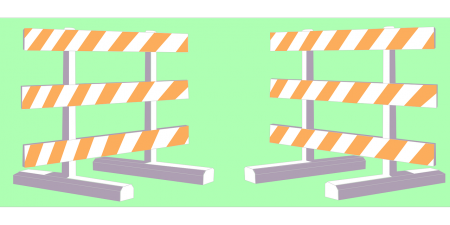Can You Use One Root Cause Analysis Tool for Quality, Safety, Production, IT, Cost, and Maintenance Issues?
The disagreement of which root cause analysis tools are used by who actually starts with the creation of internal company functional silos. Companies that run smoothly almost transparently as one unit realize that Quality, Safety, Production, IT, Cost, and Maintenance Departments impact each other, either positively or negatively, and should use similar tools during root cause analysis to enhance root cause analysis communication between departments. Unfortunately, this unison is not often common. Let’s break it down a little.
IT (Information Technology) – often focuses on rapid root cause diagnosis and analysis.
Quality – tends to focus on the 8 Basic Quality Tools and Lean Activities with different variations in the sequence of root cause analysis.
Safety – focuses on root cause analysis tied to hazard and risk to reduce Health, Safety and Environment Issues.
Production – is probably the closest tied to quality and cost reduction issues, whereas safety is more often viewed as cost aversion. The problem solving tools utilized here are often tied to the Quality and Cost root cause analysis tools to ensure production is met and the company makes money.
Maintenance – is focused on operational efficiencies and cost to run and maintain the equipment. Often tied to Quality and Production root cause analysis tools but more tied to equipment specifics.
Cost – everybody needs to know where the money goes and if we have enough to keep the business alive. Financial knower’s in the company get tasked by many of the departments listed above, some departments more than others. Their root cause analysis tools are more tied to transactional processes.
Now that the different company functions listed above are established, what often happens next is that the department leaders search for root cause analysis tools created just for their types of problems and the silo walls between departments get even bigger. Why? Simple, the specific function tools often only look for issues and causes tied to their specific issues. So what’s wrong with that you ask?
Input – Process – Output across your Company’s Work Processes
What each functional department changes or produces impacts another department either upstream or downstream from that department. Root cause analysis tools that are too functionally specific tend to not explore or encourage multi-department discussions during root cause analysis. If the tools don’t talk your language, they do not apply to you or in some cases, the company does not think you need to be trained in the other tools.
Case in point, as a lean six sigma black belt in a previous company, I spent my last year in manufacturing mentoring our safety department in quality tools. No one from safety had ever attended our quality training that we taught internally, even though we taught classes every month. Operations and Maintenance employees attended the training because they were more tied to the return on investment company costs.
Break the silo department barriers, look for a root cause analysis process that can tie Quality, Safety, Production, IT, Cost, and Maintenance Department issues together to help solve problems as one.
For over 28 years, System Improvements has prided itself in having a standard root cause analysis process called TapRooT®. No matter what the problem being analyzed they all start with Defining the Worst Consequence that Occurred, Identifying What Happened and How It Happened and then Why. We also teach and include Corrective Actions that are global industry best practices.
Don’t fret, because we don’t recommend that you throw away your other data collection and analysis tools, instead we recommend that you use the TapRooT® Root Cause Analysis Method as the standard communication and investigation tool for the root cause process to enhance and consolidate current programs for one company vision. After all, everything has a timeline of events or a sequence of transactions, start your problem solving with a proven root cause analysis process that starts there first and then helps guide employees through multiple types of problems to help you understand Human Performance




